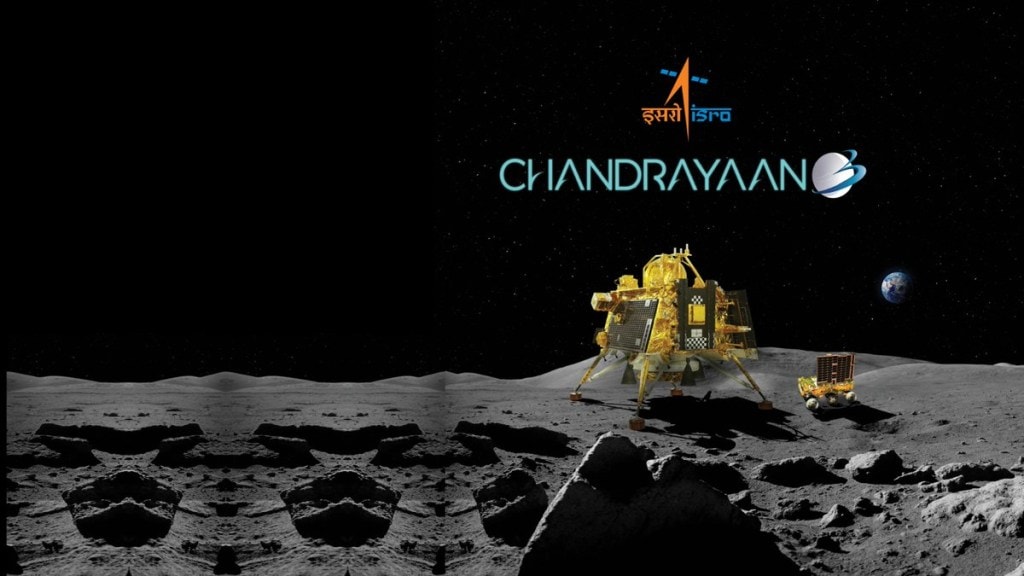It all comes down to today. As excitement rises in India regarding the much-anticipated soft-landing of the Chandrayaan-3 mission on the Moon, people across the country are standing with folded hands to pray for the mission to meet its goals. Keeping in mind Chandrayaan-2, it is only natural to see some ‘What ifs’ questions running miles in people’s minds.
Learning from our past experiences, ISRO has followed some safety measures to ensure a secure landing of Vikram on the lunar surface today. Here is what ISRO chief S Somanath said clearly discussing what would happen if certain things don’t go as planned and how the agency has prepared to sidestep some major issues.
Earlier this month, Somanath at an event organised by a non-profit Disha Bharat discussed the possibility of a successful landing for Vikram in case certain things went wrong. He said that in case “everything fails”, including all the sensors, and “nothing works”, Vikram will still make a landing. “That’s how it has been designed — provided that the propulsion system works well. We have also made sure that if two of the engines (in Vikram) don’t work this time also, it will still be able to land,” he added.
As per Somanath, the lander has been designed in such a way that it would be able to sustain multiple failures and still make a landing, provided the algorithms work properly.
Lying in the backdrop of these safety measures is the partial mission failure of Chandrayaan-2.
What went wrong with Chandrayaan-2?
India’s second Moon mission, Chandrayaan-2, met with partial failure when Vikram failed to make a soft-landing. As per the ISRO chief, one of the primary issues which led to a hard landing was that there were five engines which were used to give the velocity reduction, called retardation, the lander. In this case, the engines developed a higher thrust than what was anticipated. This extra thrust led to several errors, which compromised the stability of the lander during the “camera coasting phase’’ for the soft landing. Closely following this came in another issue, all the errors got “accumulated”, amounting to a higher number than what had been expected by the team. The spacecraft had to make “very fast turns”. When it started to turn very fast, its ability to turn was limited by the software because we never expected such high rates to come,” Somanath added.
With less than 10 hours left for Vikram to reach its final destination, India is moments away from the truth. ISRO has already proven itself on multiple occasions and this time best wishes have poured in from across the globe.
Earlier this month, Russia’s first Moon mission, Luna-25, in nearly 50 years ended up crashing on the lunar surface.

